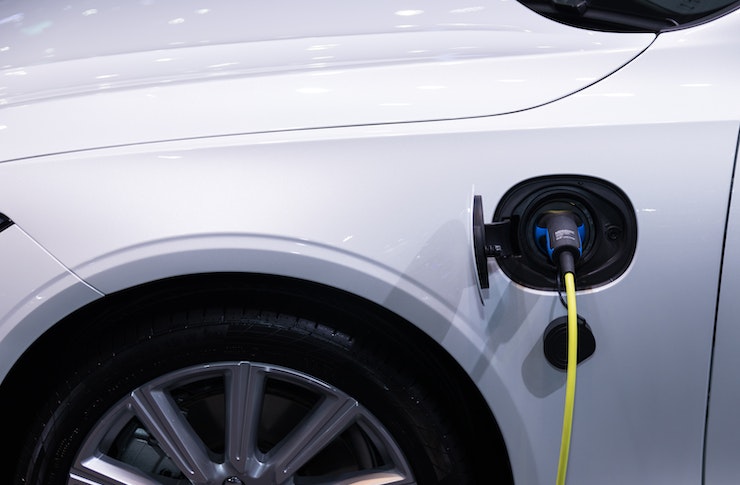Electric Bass Boats — Practical Guide to Choosing, Operating, and Maintaining an Electric-Powered Bass Fishing Boat
Electric bass boats represent a significant evolution in fishing technology, offering anglers a quieter, more environmentally conscious approach to their favorite pastime. These innovative vessels combine traditional bass boat design with electric propulsion systems, creating fishing platforms that minimize noise pollution while maintaining the performance standards serious anglers demand. Understanding the mechanics, selection criteria, and operational requirements of electric bass boats helps fishing enthusiasts make informed decisions about adopting this emerging technology for their angling adventures.

Electric bass boats have transformed the fishing landscape by offering anglers an alternative to traditional gas-powered vessels. These boats utilize electric motors powered by advanced battery systems to provide propulsion, creating a fishing experience that prioritizes stealth and environmental responsibility without sacrificing performance.
How Electric Bass Boats Work
Electric bass boats operate through sophisticated propulsion systems that convert electrical energy from onboard batteries into mechanical power. The primary components include high-capacity lithium-ion battery packs, electric motors, and advanced control systems that manage power distribution. These motors can be configured as outboard units, inboard systems, or pod drives, each offering distinct advantages for different fishing applications. The electrical systems typically feature regenerative capabilities, allowing the motor to recharge batteries during certain operating conditions, extending overall range and efficiency.
Choosing the Right Model for Your Fishing Needs
Selecting an appropriate electric bass boat requires careful consideration of fishing style, water conditions, and performance expectations. Factors include boat length, beam width, weight capacity, and hull design. Tournament anglers might prioritize speed and maneuverability, while recreational fishers may focus on comfort and stability. Hull materials range from fiberglass to aluminum, each offering different weight characteristics that affect battery efficiency. Deck layout, storage capacity, and fishing amenities like livewells and rod holders also influence model selection based on individual angling preferences.
Battery, Charging, and Range Considerations
Battery technology forms the foundation of electric bass boat performance. Modern lithium-ion systems provide superior energy density compared to traditional lead-acid batteries, offering longer range and faster charging capabilities. Typical battery capacities range from 50kWh to 150kWh, providing 4-8 hours of fishing time depending on usage patterns. Charging infrastructure varies from standard household outlets requiring 8-12 hours to high-speed DC chargers completing cycles in 2-4 hours. Range calculations depend on factors including boat weight, weather conditions, motor efficiency, and operating speed, with most electric bass boats achieving 20-40 miles per charge under normal fishing conditions.
On-Water Performance and Fishing Practicalities
Electric bass boats deliver distinct performance characteristics that benefit fishing activities. The absence of engine noise allows anglers to approach fish without disturbance, potentially improving catch rates in pressured waters. Instant torque delivery provides responsive acceleration and precise boat positioning around structure. However, performance considerations include reduced top speeds compared to gas boats and the need for careful power management during extended fishing trips. Electric systems excel in shallow water applications where traditional propellers might struggle, and the lack of exhaust emissions creates a more pleasant fishing environment.
| Boat Model | Manufacturer | Battery Capacity | Range Estimation | Cost Estimation |
|---|---|---|---|---|
| X Shore Eelex 8000 | X Shore | 126kWh | 35 miles | $300,000-$400,000 |
| Candela C-8 | Candela | 40kWh | 50+ miles | $290,000-$350,000 |
| Arc One | Arc Boats | 220kWh | 40+ miles | $300,000-$500,000 |
| Hinckley Dasher | Hinckley | 80kWh | 25-30 miles | $400,000-$500,000 |
| Pure Watercraft Volt | Pure Watercraft | Modular | 15-25 miles | $15,000-$25,000 |
Prices, rates, or cost estimates mentioned in this article are based on the latest available information but may change over time. Independent research is advised before making financial decisions.
Maintenance, Safety, and Regulatory Essentials
Electric bass boat maintenance differs significantly from traditional vessels, focusing on electrical system care rather than engine servicing. Regular battery maintenance includes monitoring charge cycles, maintaining proper storage temperatures, and ensuring connection integrity. Safety protocols emphasize electrical hazard awareness, proper charging procedures, and emergency shutdown procedures. Regulatory compliance varies by jurisdiction, with some areas requiring specific certifications for electric vessels. Insurance considerations may differ from traditional boats, and marina charging infrastructure availability affects operational planning. Regular inspection of electrical components, waterproofing systems, and safety equipment ensures reliable operation and compliance with maritime regulations.
Electric bass boats represent a significant advancement in fishing technology, offering environmental benefits and enhanced fishing experiences through reduced noise and emissions. While initial costs remain higher than traditional alternatives, ongoing operational savings and environmental considerations make electric propulsion an increasingly attractive option for serious anglers. Success with electric bass boats requires understanding their unique operational characteristics and planning fishing activities around battery capacity and charging infrastructure availability.




